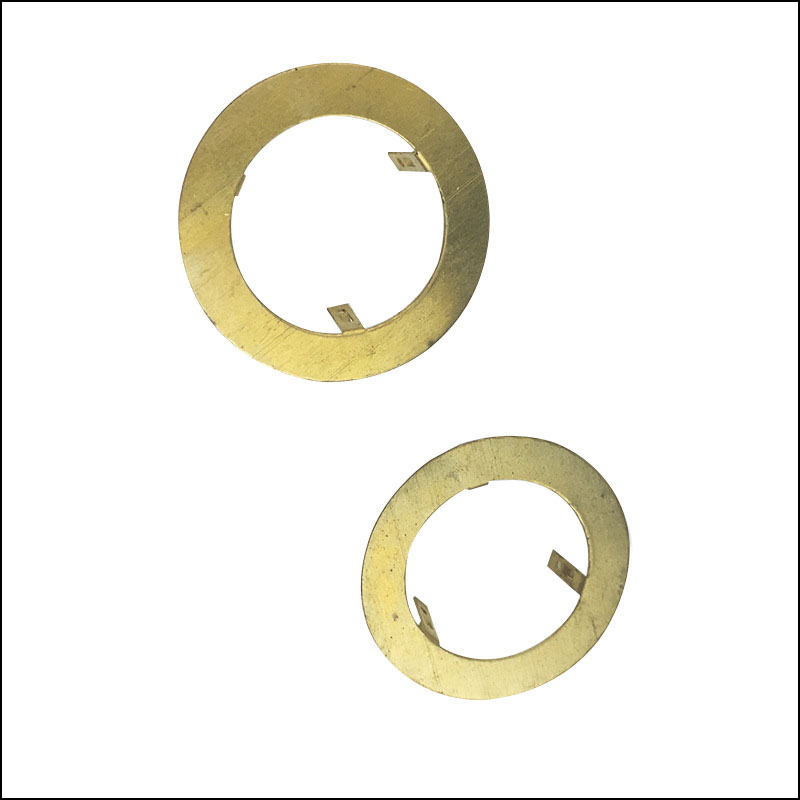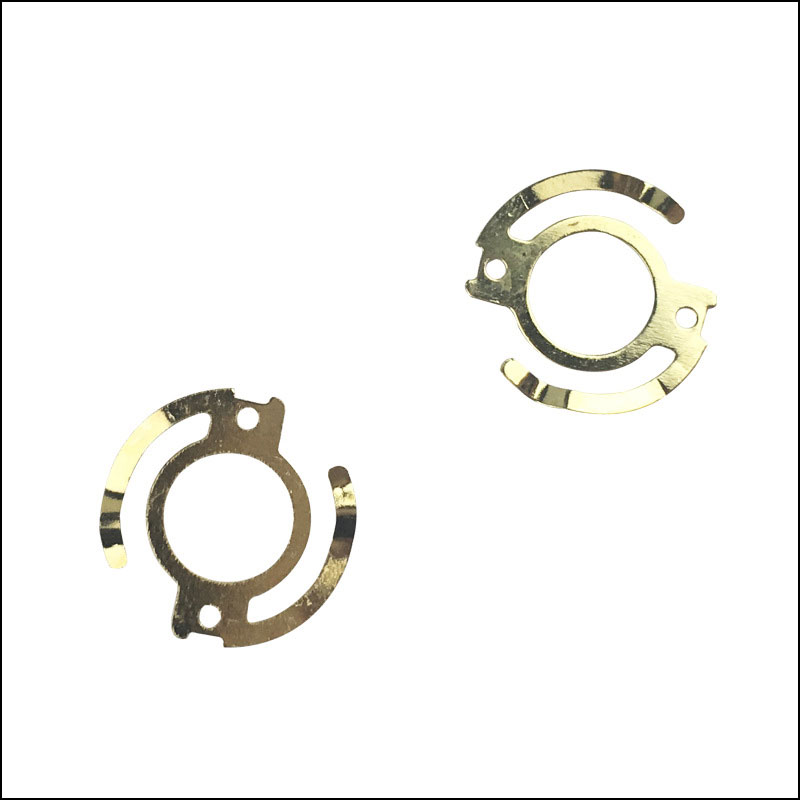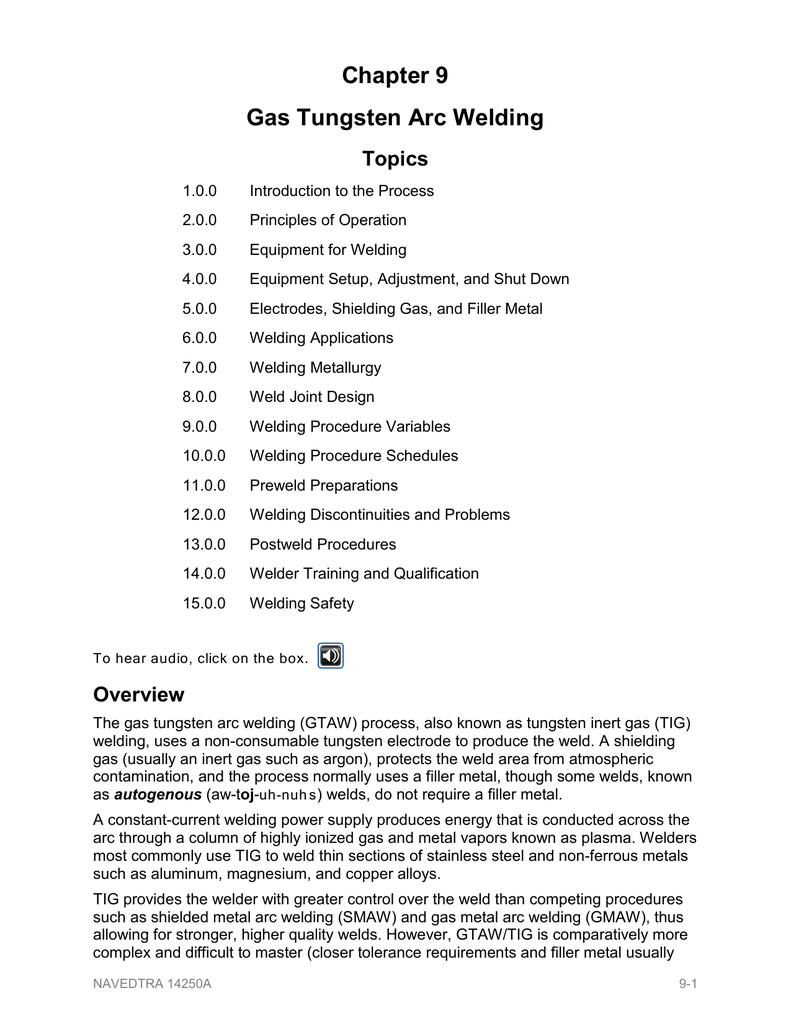Beryllium Copper SAFETY DATA SHEET 4 FIRST AID MEASURES General Measures. Certain types of slags coal copper used in abrasive blasting operations may contain trace amounts of beryllium.

Beryllium Copper Stampings Special Metal Stamping Beryllium Copper Spring Contacts Wonder Copper
Airborne exposures to beryllium exceeding the Materion Brush Inc.

Welding beryllium copper hazards. And the highest risk for lung cancer being observed among individuals diagnosed with acute beryllium. Alloys containing beryllium silver and cadmium are more toxic. Particulate in the eyes may cause discoloration.
2 Direct current straight polarity is generally used for TIG welding most copper alloys. While most commonly associated with diseases of the lungs beryllium may also affect such organs as the liver kidneys heart nervous system and the lymphatic system. 3 For some copper alloys a flux is recommended when TIG welding copper.
IARC lists beryllium as a known human carcinogen Group 1 and notes that the work environment of workers involved in refining machining and producing beryllium metal was associated with an increased risk of lung cancer the greater excess was in workers hired before 1950 when exposures to beryllium in the work place were relatively uncontrolled and much higher than in subsequent decades. Under normal handling and use exposure to solid forms of this material present few health hazards. However like many industrial materials copper beryllium may present a health risk if handled improperly.
Processing copper beryllium containing materials. The high heat necessary to form it can lead to the generation of extremely small particulates known as fumes. Safely processing copper beryllium-containing materials.
However a flux containing fluoride should never be used since the arc will vaporize. Chronic long-term health effects Beryllium. Copper beryllium CuBe in solid form and as contained in finished products presents no special health risks.
Acute Beryllium Disease ABD - Acute beryllium disease ABD is a rapid onset form of chemical pneumonia that results from breathing high airborne concentrations of beryllium. However like many industrial materials copper beryllium may present a health risk if handled improperly. The importance of knowing the composition of brazing fillers and fluxes in copper brazing operations is emphasized.
ABD is generally associated with exposure to beryllium levels at or above 100 μgm 3. REG for airborne beryllium of 02 µgm3 were observed in Benching operations. The degree of hazard varies depending on the form of the.
Copper CAS 7440-50-8 TWA 1 mgm3 Dust and mist. Over time lung disease can be fatal. It is used in many applications because of its high heat capacity.
Welding fumes cause lung impairment lung disease cough asthma and lung carcinoma. Welding fumes cause lung impairment lung disease cough asthma and lung carcinoma. However like many industrial materials copper beryllium may present a health risk if.
Zirconium CAS 7440-67-7 STEL 10 mgm3 TWA 5 mgm3 US. Differences are considered between arc welding processes that generate large amounts of copper fumes and processes with no fume problems. Welding produces fumes that are toxic when inhaled and beryllium is a welding material of concern.
The inhalation of dust mist or fume containing beryllium can cause a serious lung condition in some individuals. Nickel CAS 7440-02-0 TWA 15 mgm3 Inhalable fraction. However in our experience beryllium is dangerous to work with and people can become seriously ill when welding it.
Most manufacturing operations conducted properly on well-maintained equipment are capable of safely processing copper beryllium-containing materials. Inhaling particulate containing beryllium may cause a serious chronic lung disease called chronic beryllium disease CBD in some individuals. However high frequency alternating current or direct current reverse polarity is used for beryllium copper or copper alloy sheets less than 005 in.
As hardness increases conductivity decreases. Zinc oxides are less toxic. Due to the high dust levels generated during abrasive blasting operations workers involved in these activities may be.
The inhalation of dust mist or fume containing beryllium can cause a serious lung condition in some individuals. Certain precautions are necessary like purging the area by drawing off any of the fumes with smoke eaters and having the operator himself wear a mask and make sure that his workpiece is positioned so the fumes are taken up and out. Pocket Guide to Chemical Hazards Components Type Value Form Beryllium CAS 7440-41-7 Ceiling 00005 mgm3 Cobalt CAS 7440-48-4 TWA 005 mgm3 Dust and fume.
Additional work practice and engineering controls such as a redesign of the LEV capabilities are. Breathing in fumes or dusts of beryllium compounds may injure the lungs. Subsequent operations such as grinding melting or welding may produce potentially hazardous dust or fumes which can be inhaled or come in contact with the skin or eyes.
Beryllium a metal that is stronger than steel and lighter than aluminum is used commonly as an alloy with copper aluminum magnesium or nickel. There is a trade-off of course. Beryllium copper is used in a variety of products such as aircraft bushings welding equipment and so forth but it should be used only where these specific properties are essential to the applicationâie where hardness is required.

Beryllium Hazard An Overview On Regulation Requirements Changes

Proper Use Of Beryllium Copper Products Ngk Insulators Ltd
Beryllium Copper Crinkle Washer Kit Rs Components Indonesia

Beryllium Copper Stampings Special Metal Stamping Beryllium Copper Spring Contacts Wonder Copper

Industrial Beryllium Exposure Hazardous Health Effects

Chapter 9 Gas Tungsten Arc Welding

Reactive Refractory And Precious Metals Alloys Resistance Welding

Proper Use Of Beryllium Copper Products Ngk Insulators Ltd

Proper Use Of Beryllium Copper Products Ngk Insulators Ltd

0 comments:
Post a Comment